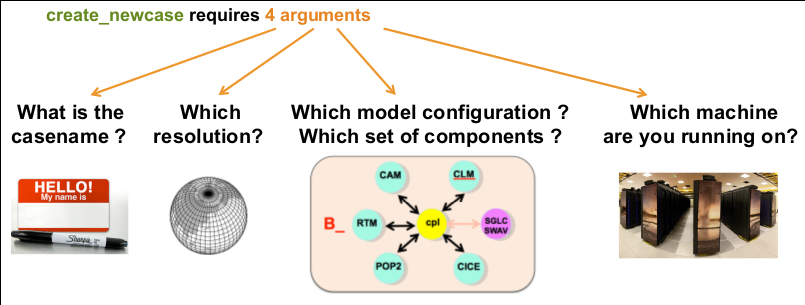Workflows
What is a Workflow?Filters
This workflow demonstrates the usage of the Community Earth System Model on Galaxy Europe.
A fully coupled B1850 compset with resolution f19_g17 is run for 1 month.

HiFi de novo genome assembly workflow
HiFi-assembly-workflow is a bioinformatics pipeline that can be used to analyse Pacbio CCS reads for de novo genome assembly using PacBio Circular Consensus Sequencing (CCS) reads. This workflow is implemented in Nextflow and has 3 major sections.
Please refer to the following documentation for detailed description of each workflow section:
Generic consensus building
This workflow generates consensus sequences using a list of variants generated by Variant Calling Workflow.
The workflow accepts a single input:
- A collection of VCF files
The workflow produces a single output:
- Consensus sequence for each input VCF file
The workflow can be accessed at usegalaxy.org
Generic variation analysis reporting
This workflow generates reports from a list of variants generated by Variant Calling Workflow.
The workflow accepts a single input:
- A collection of VCF files
The workflow produces two outputs (format description below):
- A list of variants grouped by Sample
- A list of variants grouped by Variant
Here is example of output by sample. In this table all varinats in all samples are epxlicitrly listed:
| Sample | ...
Generic variant calling
A generic workflow for identification of variants in a haploid genome such as genomes of bacteria or viruses. It can be readily used on MonkeyPox. The workflow accepts two inputs:
- A genbank file with the reference genomes
- A collection of paired fastqsanger files
The workflow outputs a collection of VCF files for each sample (each fastq pair). These VCF files serve as input to the Reporting workflow.
Workflow can be accessed ...
A workflow for the quality assessment of mass spectrometry (MS) based proteomics analyses
ESCALIBUR
Escalibur Population Genomic Analysis Pipeline is able to explore key aspects centering the population genetics of organisms, and automates three key bioinformatic components in population genomic analysis using Workflow Definition Language (WDL: https://openwdl.org/), and customised R, Perl, Python and Unix shell scripts. Associated programs are packaged into a platform independent singularity image, for which the definition file is provided.
The workflow for analysis using Escalibur ...
CWL based workflow to assemble haploid/diploid eukaryote genomes of non-model organisms
The workflow is designed to use both PacBio long-reads and Illumina short-reads. The workflow first extracts, corrects, trims and decontaminates the long reads. Decontaminated trimmed reads are then used to assemble the genome and raw reads are used to polish it. Next, Illumina reads are cleaned and used to further polish the resultant assembly. Finally, the polished assembly is masked using inferred repeats ...
BridgeDb tutorial: Gene HGNC name to Ensembl identifier
This tutorial explains how to use the BridgeDb identifier mapping service to translate HGNC names to Ensembl identifiers. This step is part of the OpenRiskNet use case to link Adverse Outcome Pathways to WikiPathways.
First we need to load the Python library to allow calls to the BridgeDb REST webservice:
import requests
Let's assume we're interested ...